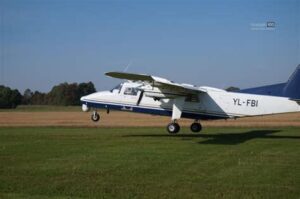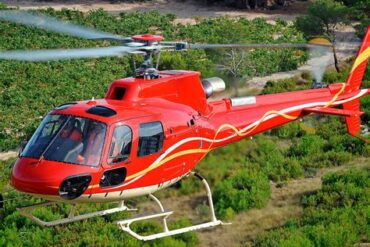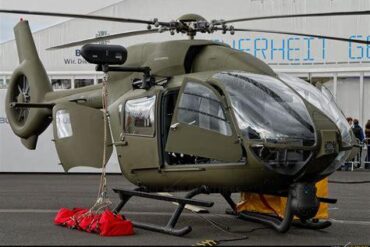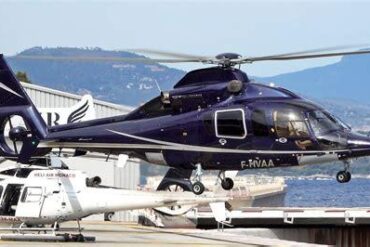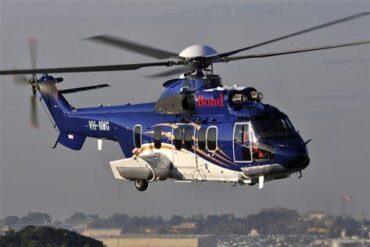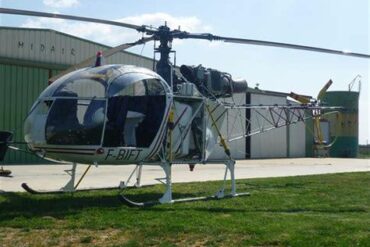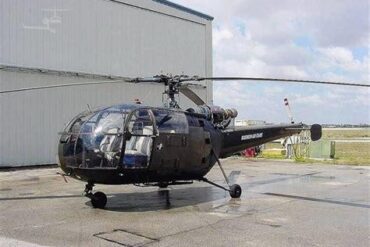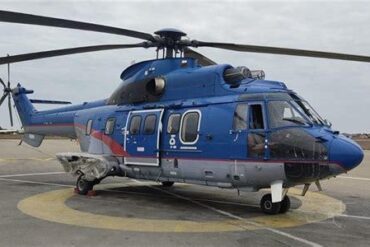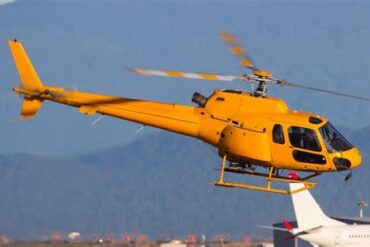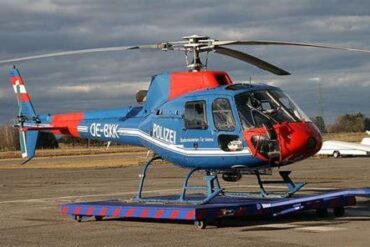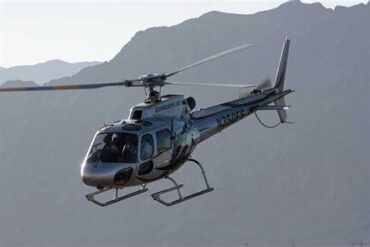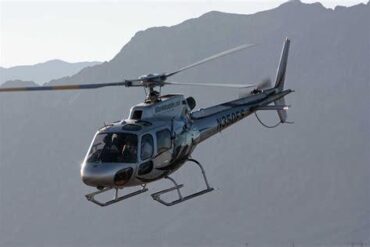The Britten-Norman BN-2 Islander is a versatile and robust aircraft known for its reliability and efficiency in short-haul regional flights. With its unique design and capabilities, it has become a popular choice for both commercial and private aviation. In this comprehensive article, we will explore the price and operating costs associated with the Britten-Norman BN-2 Islander, providing prospective buyers and operators with valuable insights into this aircraft.
Overview of the Britten-Norman BN-2 Islander
The BN-2 Islander was first introduced in the 1960s and has been a staple in the aviation industry ever since. This twin-engine aircraft is renowned for its STOL (Short Takeoff and Landing) capabilities, allowing it to operate from short runways and uneven terrains. With a capacity for up to 10 passengers, the Islander is frequently used in regional air service, cargo transport, and charter operations.
Price of the Britten-Norman BN-2 Islander
Initial Purchase Price
When considering the purchase of a Britten-Norman BN-2 Islander, potential buyers should be prepared for an initial investment. The price range for a used BN-2 Islander typically falls between $250,000 and $500,000, depending on factors such as year of manufacture, aircraft condition, and installed equipment. Newer models, or those with significant upgrades, can command prices upwards of $1 million.
Factors Influencing Purchase Price
Several factors can influence the price of a Britten-Norman BN-2 Islander, including:
-
Aircraft Condition: Aircraft that have been well-maintained with complete service histories often fetch higher prices.
-
Modification and Upgrades: Enhanced avionics, engine upgrades, and interior refurbishments can significantly increase the aircraft’s market value.
-
Flight Hours: The number of flight hours logged can impact the price. Aircraft with lower hours generally command a premium.
Operating Costs of the Britten-Norman BN-2 Islander
Fuel Costs
Fuel is one of the primary operating costs associated with the Britten-Norman BN-2 Islander. The aircraft is powered by Lycoming IO-540 engines, which provide a fuel consumption rate of approximately 15 to 18 gallons per hour (GPH) at cruise speed. Based on an average fuel price of $5 per gallon, operators can expect to spend between $75 and $90 per hour on fuel alone.
Maintenance Costs
Maintenance is another critical aspect of operating a BN-2 Islander. Regular inspections and maintenance are essential to ensure the aircraft remains in top operating condition. The average maintenance costs can vary widely but are generally estimated at around $50 to $100 per flight hour. Major overhauls, including engine and propeller overhauls, can lead to significant expenses, which are typically scheduled every 1,500 hours or so.
Insurance Costs
Aircraft insurance is a necessary expense for all operators. The cost of insuring a Britten-Norman BN-2 Islander can range from $10,000 to $20,000 annually, depending on several factors such as the pilot’s experience, the aircraft’s value, and the intended use (commercial or private). Operators should shop around for the best rates and coverage options tailored to their specific needs.
Crew Salaries
If operating commercially, crew salaries must also be factored into the overall operating costs. The average salary for a BN-2 Islander pilot ranges from $60,000 to $100,000 annually, depending on experience and the operational environment. Additionally, if a second pilot or cabin crew is required, their salaries will further impact the total operational expenditure.
Hangar and Storage Fees
When it comes to housing the BN-2 Islander, hangar and storage fees can vary significantly based on location. In larger metropolitan areas, hangar costs can range from $500 to $1,500 per month, while more rural locations may see fees closer to $300 to $700 per month. It is essential to consider these costs when calculating the overall operating expenses.
Miscellaneous Costs
Other operating costs to keep in mind include:
-
Landing Fees: Landing fees can vary by airport but typically range from $50 to $200 per landing.
-
Training and Certification: Ongoing training and certification for pilots and crew members can add to the total cost. Training programs can cost upwards of $5,000 annually, depending on the frequency of required courses.
-
Navigation Fees: Depending on the routes taken, navigation fees and air traffic control costs can also impact operating expenses.
Total Operating Costs Breakdown
To provide a clearer understanding of the total operating costs, we present the following table:
| Cost Category | Estimated Cost per Hour | Annual Estimated Cost |
|---|---|---|
| Fuel | $75 – $90 | $15,000 – $18,000 |
| Maintenance | $50 – $100 | $10,000 – $20,000 |
| Insurance | N/A | $10,000 – $20,000 |
| Crew Salaries | N/A | $60,000 – $100,000 |
| Hangar Fees | N/A | $3,600 – $18,000 |
| Miscellaneous Costs | Varies | $5,000 – $10,000 |
| Total Estimated Annual Cost | N/A | $103,600 – $186,000 |
Return on Investment
Considering the total operating costs and potential revenue streams, evaluating the return on investment (ROI) for the BN-2 Islander is crucial for operators. The aircraft’s versatility allows it to serve multiple markets, including charter services, cargo transport, and aerial surveys, enhancing its revenue potential.
Revenue Generation Opportunities
-
Charter Services: Many operators utilize the BN-2 Islander for charter services, catering to both leisure and business travelers. Pricing for charter services can range from $1,500 to $3,500 per flight, depending on the route and duration.
-
Cargo Transport: The Islander’s ability to carry cargo makes it suitable for various industries, including healthcare, agriculture, and logistics. Cargo rates can vary widely, but operators may charge between $1.50 to $3.00 per pound.
-
Aerial Surveys and Tours: Offering aerial survey services or sightseeing tours can also generate additional income. Rates for aerial tours can be set around $200 to $500 per passenger, depending on the experience and duration.
Conclusion
In summary, the Britten-Norman BN-2 Islander is a reliable and adaptable aircraft, making it a solid choice for operators looking to enter the regional aviation market. While the initial purchase price can vary significantly, understanding the operating costs is crucial for maintaining profitability. By considering factors such as fuel, maintenance, insurance, and crew salaries, prospective buyers can make informed decisions about investing in this versatile aircraft.
Ultimately, the Britten-Norman BN-2 Islander provides ample opportunities for revenue generation, making it an appealing option for those in the aviation industry. By thoroughly analyzing both the costs and potential income, operators can better assess their financial strategy and maximize their investment in this remarkable aircraft.
